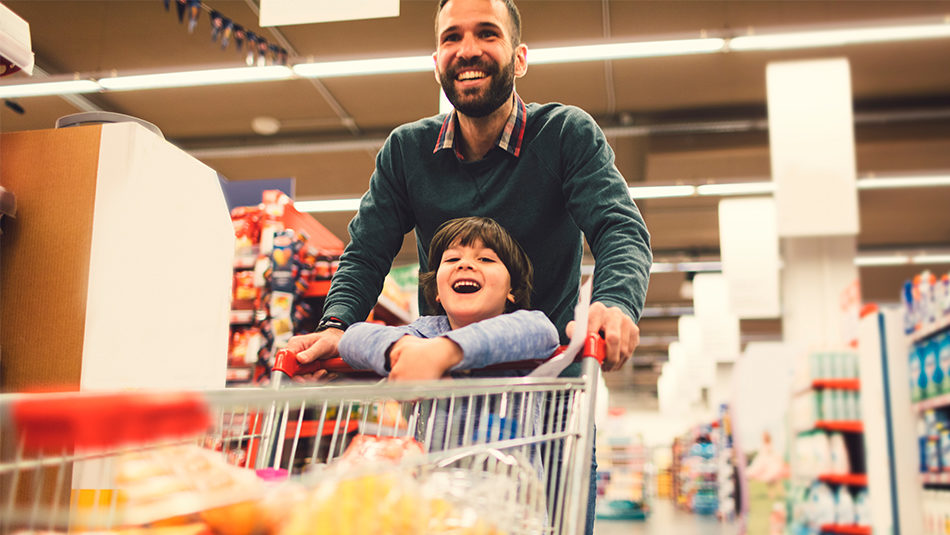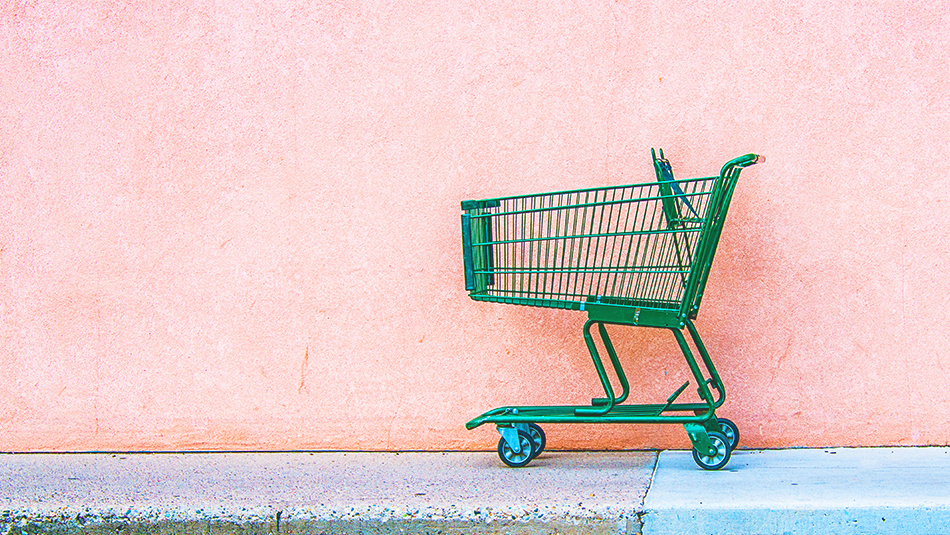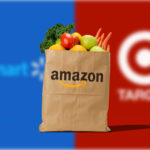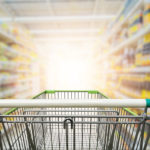
7 Winning Grocers Right Now in the Supermarket War
It’s been a year since Amazon bought Whole Foods and turned the grocery industry on its ear. This seems like a good time to get a read on the impact this has had, to take stock of the dizzying acceleration in the rate of change in the industry, and to check the score amongst winning grocers and see who may be falling behind.
Amazon/Whole Foods
No surprise here. Amazon knew the logistics chain for fresh food was far more challenging than the non-perishables they were used to handling. So why reinvent the wheel? Buying Whole Foods gave them instant knowledge and infrastructure. And while the integration hasn’t been entirely without a bump here and there, it has provided both entities with benefits.
The addition of special pricing for Amazon Prime customers has driven the conversation away from ‘Whole Paycheck’ to positive pricing stories at Whole Foods. And all those Amazon Prime members are a new source of customers for Whole Foods.
Meanwhile, the ability to use Whole Foods stores to source fresh foods for delivery has simplified the supply chain. In fact, many customers are preferring to order online and pick-up their order in-store. Other chains are rapidly adopting this model too, and it may be the savior for meal kits (more about that later).
Even though consumers generally rate supermarkets very highly, waiting in line to pay is frequently cited as the main negative. Amazon Go, the chain’s cashier-less store where customers pay via an app on their smartphone, is expanding to Chicago, San Francisco and Los Angeles from their original Seattle location. Long term, this model may grow from a small experiment into a juggernaut. Especially considering Starbucks has already trained millions of consumers to pay for their order via smartphone.
 Kroger
Kroger
Kroger is moving on all fronts to reshape their business to meet the challenges they face in the near future. Last week Kroger announced their delivery service via Instacart (in as little as two hours) has expanded to half their stores. And, they are also launching Kroger Ship, a new e-commerce platform, in four markets. The new site will feature over 50,000 selected non-perishable items based on Kroger’s powerful shopper data analysis. Ordered items will be shipped direct to the customer.
The chain is even looking at strategic partnerships. They have announced a deal with online grocer Ocado and a merger with meal delivery service Home Chef. They are even piloting a driverless home delivery system!
To remain competitively priced, Kroger also launched a price cut program called Refresh. The program’s bright yellow price tags highlight price reductions on several staples, including many produce and dairy items. They are even testing Kroger Edge in 16 of their premier locations. This innovative electronic POS price tag interacts with shopping list on customers’ smartphones and can deliver price specials instantaneously.
Lastly, to further streamline and focus their business they sold their convenience store business unit. And they have exited the crowded Raleigh-Durham market to focus on more profitable opportunities.
Walmart
Walmart is approaching the future with changes ranging from the mundane to the esoteric. Through their Jet subsidiary they have launched Jetblack in New York. The exclusive concierge shopping service accepts orders via text and will deliver household items within 24 hours. And just about anything else the customer wants within 48 hours!
Walmart is also testing self-driving cars to deliver groceries in a partnership with Waymo. At a location in Massachusetts they are testing the use of robots to fill online orders for pick-up in store. And they’ve partnered with Gobble to offer meal kits through Walmart’s e-commerce site.
On a more mundane note, they are also expanding their roster of convenience stores and gas stations located in Walmart parking lots.
Hy-Vee
In Des Moines, Hy-Vee launched a new small-format store called HealthMarket. Within 15,700 sq. ft., the store focuses on fresh items but also includes a pharmacy, health clinic, hearing aid center, sports nutrition center, hydration station, and fitness center.
In their main stores they offer store tours with their registered dietitians to learn about foods that can help control diabetes, lower cholesterol, and blood pressure. How’s that for differentiating yourself from competition?
Publix
Not resting on its laurels as one of the most-widely admired grocery operators, Publix has revamped its GreenWise Market specialty stores. The stores feature a wide range of natural and organic items. Within the next year, the chain plans to open smaller-format stores (25,000square feet vs. 35,000+ square feet) in several new locations.
Wegmans
Wegmans is going in the other direction to differentiate its offerings. They just opened their 97th store, in Chantilly Virginia. And coming in at 120,000 square feet, the store features a Burger Bar full service restaurant.
Meijer
Meijer, which operates over 240 supercenters in the Midwest, is opening more 5,500 square feet convenience stores. Their latest locations include a separate full-service Starbucks, a gas station, and an expanded assortment of fresh produce, protein-based snacks, wraps, organic items, and grab-and-go meals. The freshly prepared foods include sushi, pizzas, and chicken tenders. They have a large seating area with free Wi-fi and phone charging.
Change Hasn’t Been Easy for Everyone
Chef’d meal kit company shut down operations entirely, reflecting the continuing struggles of this emerging category to operate profitably. Even the category pioneer, Blue Apron, reported in August it had lost 24% of its customers since last year! This is rapidly pushing the segment away from subscription models towards tie-ins with grocery retailers.
Fresh Market, a regional chain in the South East who was acquired by Apollo Global Management in 2016, closed 9% of its stores. And Lidl has cut in half the number of new stores it plans to open.
The Future of the Supermarket as we Look Today
What does all this mean for food manufacturers and fresh perimeter suppliers? It means there are lots of new opportunities, but to be among the winning grocers requires a nimble organizations willing to adapt to the extraordinary pace of change in the industry. Convenience stores, drug stores, and gas stations are expanding their food choices, including offering more healthy and fresh options. Even Amazon can be an ally in this. They recently created a position dedicated to finding local suppliers, so small operators can get in on the immense growth potential. Recent studies show that 71% of all growth in produce is coming from branded items. The importance of consistent quality, which branding reassures, increases as consumers are ordering online and not getting to pick their own items. Finally, packaging must be considered and adapted to the different needs of all the new varieties of outlets that may carry your product.






